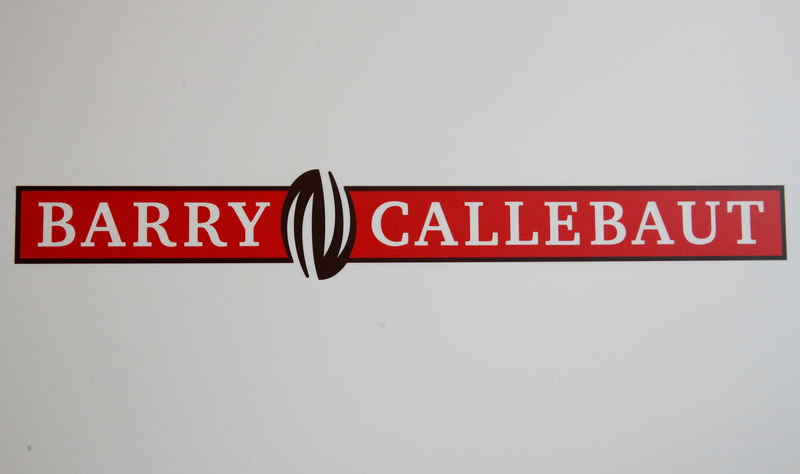This post was originally published on this site
https://i-invdn-com.akamaized.net/trkd-images/LYNXMPEFB21PI_L.jpg
By John Miller
ZURICH (Reuters) – Swiss cocoa products maker Barry Callebaut (S:) said on Tuesday that 26% of the farmer groups from which it sourced products in 2018/2019 had programmes to prevent child labour,
more than double the figure from the previous year.
Barry Callebaut, whose largest shareholder is the billionaire Jacobs family, added it would eradicate child labour from its supply chain by 2025 and aim for all its ingredients to be from sustainable sources by that point.
It is estimated that more than 2 million children are working on cocoa farms in Côte d’Ivoire and Ghana, the firm said in its “Forever Chocolate” report.
“Poverty keeps farmers from hiring professional workers, forcing them to rely on their family members, including their children, to work the fields,” the company said.
“As a result, the future generation of cocoa farmers, deprived of their childhood and education, will not be empowered to break this vicious cycle,” it added.
Activists have criticised chocolate companies for not doing enough to tackle child labour in the industry.
Zurich-based Barry Callebaut, which makes products for customers including Nestle (S:) and Unilever (L:), said it reduced its carbon footprint by 6.7%, distributed 2.5 million shade trees and cocoa seedlings and regenerated 3,800 hectares (14.7 square miles) of forest in 2018/19.
“We have reached a milestone this year, sourcing over 50% of all our raw materials from sustainable sources. This includes 47% of sustainably sourced cocoa beans and 54% of non-cocoa raw materials,” Barry Callebaut said on its website. “However, we do recognize that we still have many challenges to reach our 100% goal.”
Fusion Media or anyone involved with Fusion Media will not accept any liability for loss or damage as a result of reliance on the information including data, quotes, charts and buy/sell signals contained within this website. Please be fully informed regarding the risks and costs associated with trading the financial markets, it is one of the riskiest investment forms possible.

